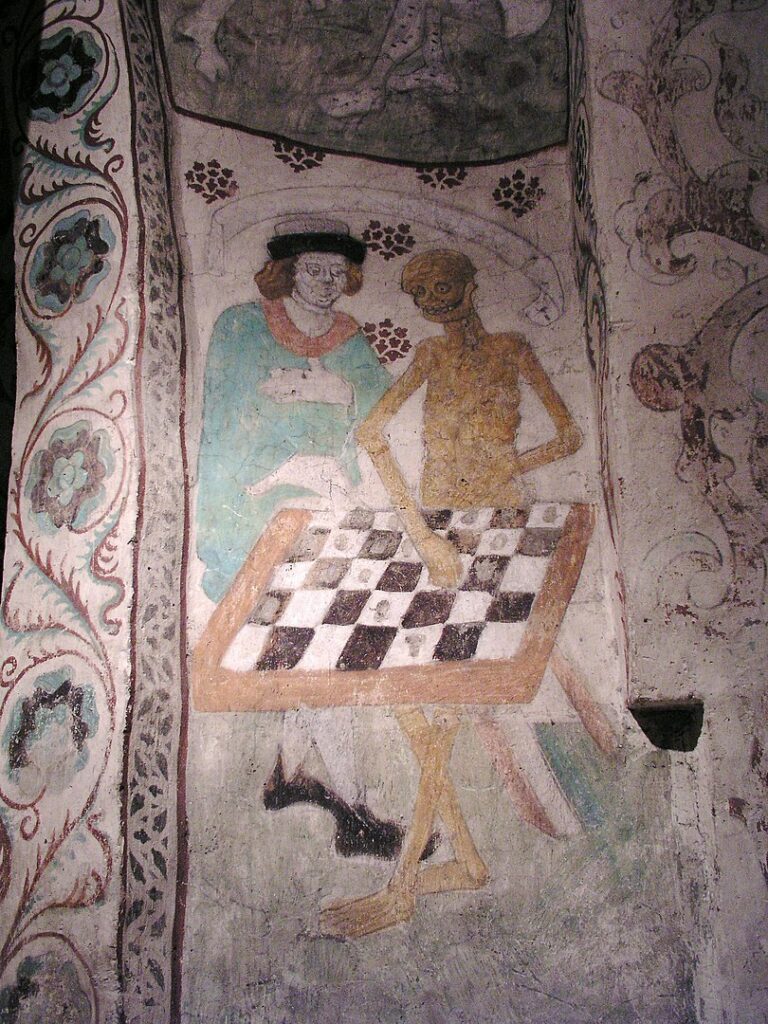
Origins and Spread
The Black Death, one of the deadliest pandemics in human history, struck Europe in the mid-14th century. Originating in Asia, it spread rapidly through trade routes, decimating populations as it moved. The disease, caused by the bacterium Yersinia pestis, was transmitted by fleas carried by rats. The mortality rate was staggering, with estimates suggesting that up to 60% of Europe’s population perished.
Economic Impact
The Black Death had a profound impact on the medieval economy. The massive loss of life led to labor shortages, which in turn caused a rise in wages for workers and a decline in the value of land. Agricultural production suffered, leading to food shortages and inflation. However, the reduced population also meant less demand for goods, leading to economic stagnation in some areas.
Social and Cultural Changes
The social and cultural effects of the Black Death were equally significant. The high mortality rate led to a breakdown in traditional social structures, with many serfs gaining more freedom due to the scarcity of labor. The widespread death and suffering also had a profound impact on art and literature, with themes of mortality and despair becoming prevalent. The church’s inability to provide answers or relief during the plague led to a decline in its influence and the rise of alternative religious movements.
Conclusion
The Black Death was a cataclysmic event that reshaped medieval society. Its economic, social, and cultural repercussions were felt for generations, leading to significant changes in the structure of European society.